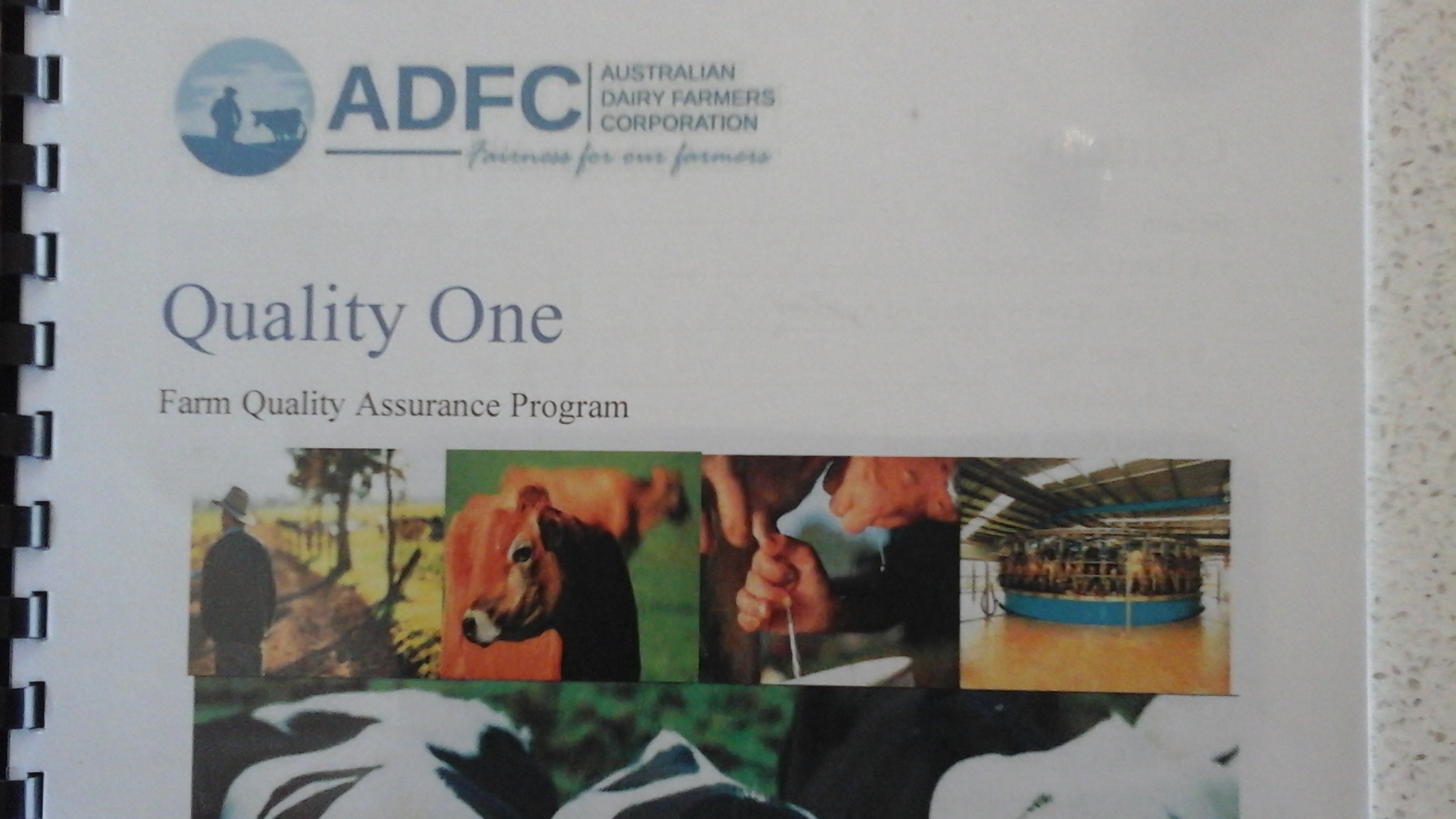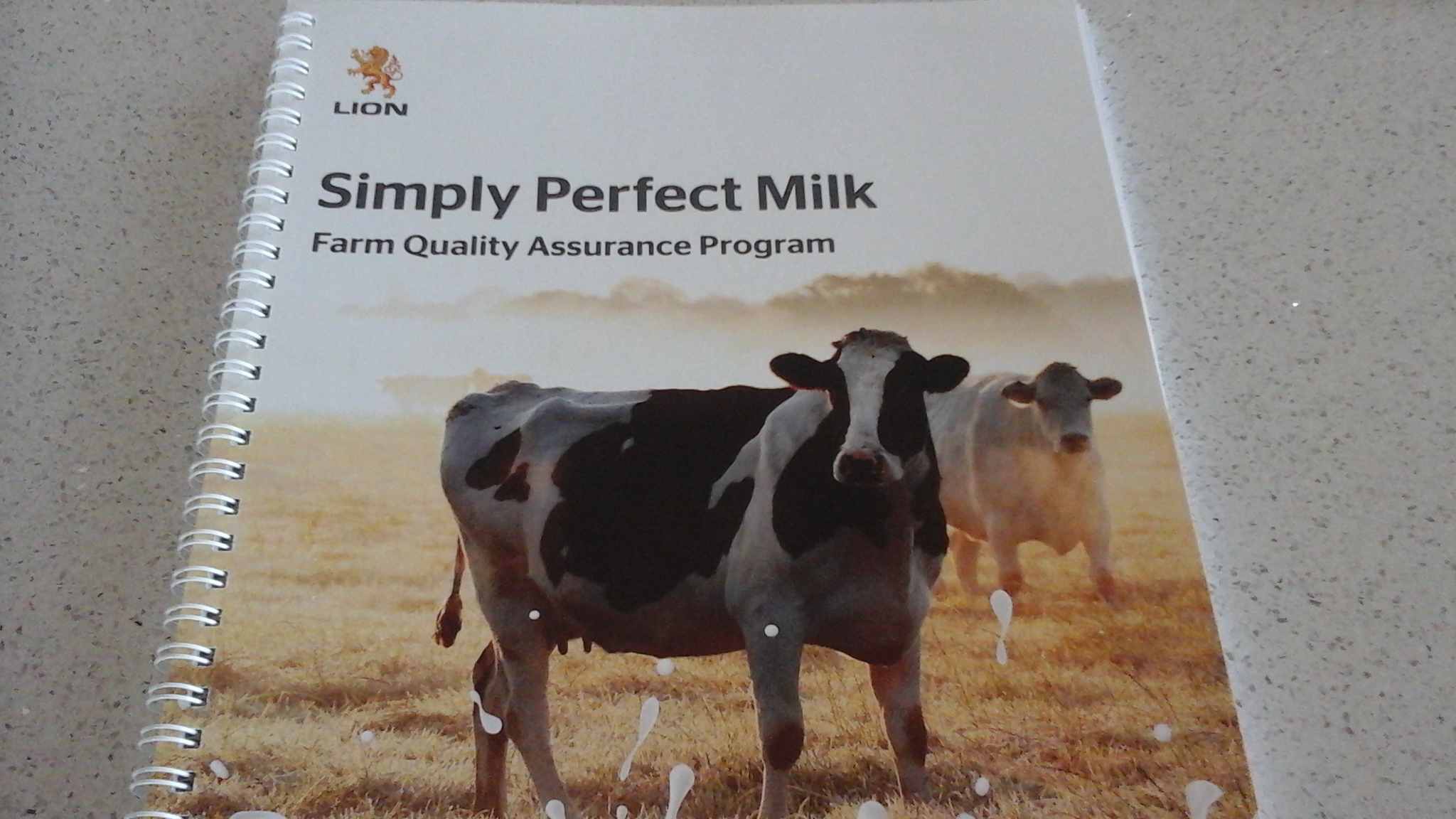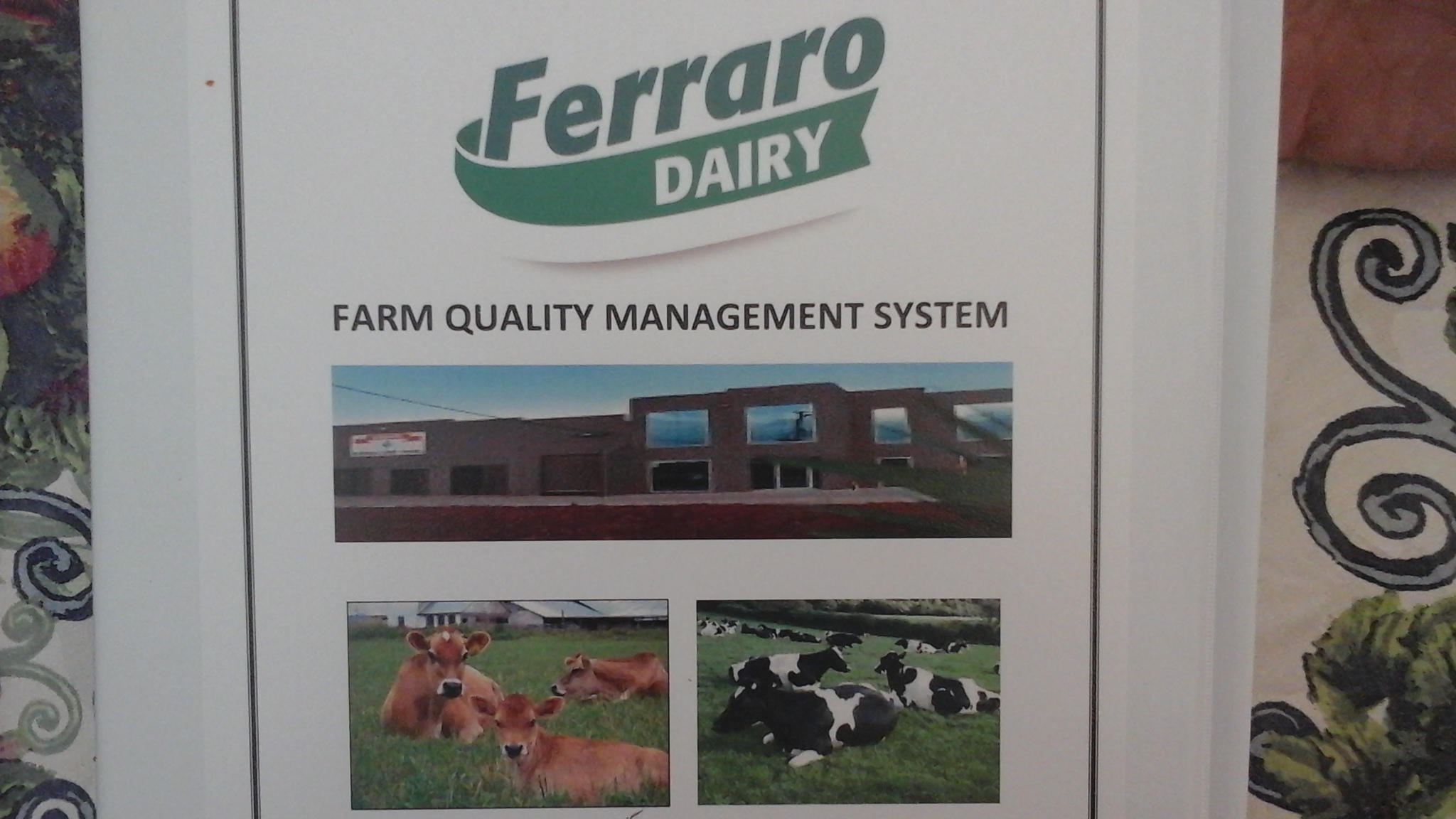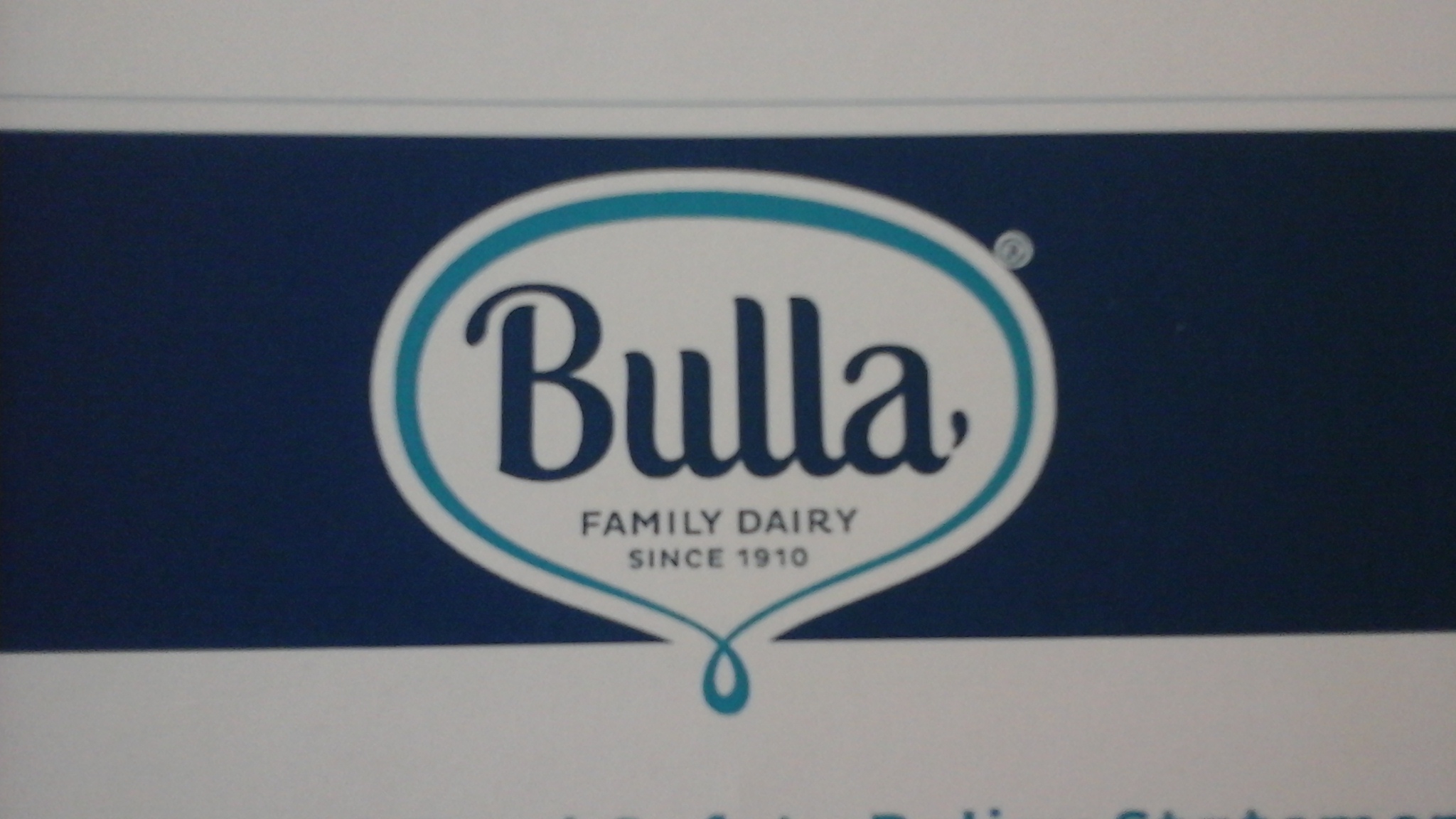Title Page
-
Licensee / Milk Producer
-
Farm Address:
-
Phone number of auditee:
-
Email address
-
Dairy Licence No./Supplier Number
-
Conducted on
-
Date of previous audit
6. Milk Quality Targets
-
Current Dairy Licence
-
Has relevant information in current ADFC Manual been completed?
-
Has TPC mostly remained < 15000 since the last audit?
-
Comments
-
Has BMCC/SCC remained < 250000 since the last audit?
-
Comments
-
Have you had any incidents of antibiotic or pesticide residues since the last audit?
-
Comments
-
Are milk slips consistently 5.0C or less?
8.1 Maintenance of milking premises, surrounds and equipment
-
Cleanliness of milking premises, surrounds and equipment.
-
(Record Sheet 1)
-
Date of last milking machine test
-
Change of inflations
-
Change of other rubberware
-
Date of last vat service
8.2 Cleaning of Milking Plant
-
Cleaning program displayed
-
Add media
-
APVMA/NRA-Registered cleaning chemicals
-
Are cleaning chemical containers clearly labelled, safely stored and disposed of securely?
-
Visual inspection of milking plant and vat room.
-
Capacity of hot water systems servicing the dairy
-
Six-monthly review , including temperature verification, of hot water system. (Record Sheet 1)
-
Six-monthly calibration of automatic cleaning systems.
- Yes
- No
- NA
9. Farm Water
-
Water source for cleaning plant?
- Rain Water
- Town Water
- Bore Water
- Channel Water
- Recycled/grey water
- Spring/Stream/River Water
-
Is this water treated?
-
Water source for teat/udder washing?
- Rain Water
- Town Water
- Bore Water
- Channel Water
- Recycled/grey water
- Spring/Stream/River Water
-
Is this water treated?
-
Water source for animal consumption?
- Rain Water
- Town Water
- Bore Water
- Channel Water
- Recycled/grey water
- Spring/Stream/River Water
-
Is this water treated?
-
Water source for yard washdown?
- Rain Water
- Town Water
- Bore Water
- Channel Water
- Recycled/grey water
- Spring/Stream/River Water
-
Is there a management plan for any grey/recycled water used? (Record Sheet 3)
- Yes
- No
- NA
10.1 Milk Chilling
-
Milk must be cooled to < 5 degrees C within 3.5 hours of switching on the vat.
-
Has a milk chilling efficiency test been carried out in hot weather/during peak production? (Record Sheet 4)
-
Add media
10.2 Calibration
-
When was vat temperature probe last calibrated by vat technician?
-
Annual calibration of hand-held thermometer (Record Sheet 4)
-
Records kept of comparison of vat displayed temp. with calibrated hand-held thermometer temp. (Record Sheet 4)
-
Add media
11.1 Agricultural Chemicals
-
Storage of agricultural chemicals.
- Locked chemical shed
- Machinery shed/workshop
- disused dairy
- contractor supplied
- NA
- unsatisfactory storage
-
Broadacre spray treatments (recorded within 48 hr.) (Record Sheet 5)
-
Have any broadacre spray treatments been carried out since the last audit?
-
Date of use
-
Paddock ID/area treated
-
Reason for spray (weed or pest sprayed for)
-
Name(s) and rate(s) of chemical(s) used.
-
Wind speed, wind direction, temperature (or Delta T value)
-
WHP
-
Name/initials of operator (name and address if contractor used)
-
Personal protective equipment used (NA if contractor used)
-
Add media
-
Spot-spraying records (Record Sheet 5)
-
Have any spot spraying activities been carried out on pastures since last audit?
-
Name of chemical
-
Mixing rate
-
Date of mixing
-
Add media
-
MSDS available for stored agricultural chemicals
-
Chemical User's Course completed
-
Chemical register maintained. (Record Sheet 6)
-
Add media
-
How are treated paddocks withdrawn from grazing rotation? (e.g. whiteboard records, follow rotation, pre-crop sprayout, pasture renovation)
11.2 Veterinary Medicines
-
Personnel trained/competent to administer veterinary medicines
- Farmer/Farm Manager
- Sharefarmer
- Competent employee
-
Storage of veterinary medicines
- Fridge
- Cabinet
- Dairy Office
- Storage container with lid
- Unsatisfactory storage
-
Adequate labelling of drugs.
-
Veterinary medicines within use-by date.
-
Permanent animal treatment records
-
Cow ID
-
Reason for treatment
-
Date(s) of treatment
-
Dosage rate/ treatment interval/number of treatments
-
WHP for milk/ meat/ESI
-
Name/initials of person administering drug.
-
Add media
-
What happens to milk from cows under antibiotic treatment?
- fed to heifer calves
- disposed of
-
How are treated animals identified/isolated?
- coloured paint on udder/legs
- coloured leg bands/tail tape
- run as separate herd
- milked into a test bucket
- computer-drafted until end of milking
-
Permanent Dry Cow Records (Record Sheet 7)
-
Name of DCT
-
Date and ID of cows treated
-
Pre and post-calving WHP for milk/meat/ESI
-
Add media
-
How is veterinary medicine register maintained? (Record Sheet 6)
-
Add media
12.0 Traceability
-
PIC Number
-
How are stock identified?
- NLIS tags/electronic collars
- individual tags
- freeze brands
- brass tags or tattoos
-
Are NVDs correctly completed for sale of all livestock? (cows, bulls, young stock)
-
Are NVDs received for purchased livestock?
-
Has PIC no. been transferred on NLIS database for all sales and purchases of livestock?
-
In what form is stock register maintained? (Record Sheet 9)
- Computer record
- Stock register
- Breed association records (stud stock)
- Wall charts
- Other
- No records kept
- A.I. records maintained
13 Stock Feeds
-
Vendor declarations must be obtained for ALL purchased stock feeds (whole or crushed grain,pellets,hay, silage, straw, mineral supplements).
-
Are vendor declarations available for grain, pellets, mineral supplements?
-
Add media
-
Are vendor declarations available for purchased hay or silage?
-
Add media
14 Pest Control
-
What method(s) are used to control flies around the dairy?
- Fans
- Misters
- Chemical application to cows
- Chemical application to buildings
- None required
-
Records of chemical fly control. (Record Sheet 11)
-
What methods are used to control rodents around the dairy?
- Bait stations (marked on map)
- Contractor employed for laying baits
- Other
- None required
-
Records of rodent control.(Record Sheet 11)
-
Where are rodent poisons stored?
-
Have rodent poisons purchases been added to chemical register?
15. Animal Health
-
Regarding BJD, which category does your herd fall into?
-
3 Point Calf-rearing Program:
-
Calves taken from cows within 24 hours of birth
-
Calves reared in a clean dry environment until weaned, free from contact with effluent from adult cows.
-
Time calves graze adult-free pasture after weaning.
16. Skills and Knowledge
-
Does this farm employ external staff?
-
How many full-time and part-time workers are employed?
-
What precautions are taken by personnel against the spread of food-borne illness?
- Gloves and protective clothing worn by milkers
- No smoking in dairy
- Workers showing symptoms of illness (e.g.gastro) do not milk
-
Are written records kept of staff training? (Record Sheet 12)
-
Add media
17. Effluent Management
-
Describe your effluent system.
-
How is effluent dispersed on farm?
- By travelling irrigator
- Solids excavated annually/biannually - spread over pasture when dry
- Liquids added to irrigation system
- Liquids added to channel for flood irriagation
- Hose moved from paddock to paddock
- Sprinkler moved from paddock to paddock
- Slurry spreader (owner operated)
- Slurry spreader (contractor)
- Excavated solids added to compost
- Direct application daily
-
How long are cows withheld from grazing effluent-treated pastures?
-
How are effluent-treated paddocks identified?
-
Is effluent contained on site?
-
Is effluent spread over at least 10% of farm to prevent nutrient overload?
-
Is there evidence of pond overflow or encrustment of pond surface?
-
Evidence of irrigation infrastructure
- NA (contractor used)
- slurry spreader sighted
- pump visible at pond
- solids trap sighted
- travelling irrigator sighted
- solids separation system sighted
18. Internal Audit
-
Is an internal audit carried out annually?
-
Are non-conformances identified at an internal audit rectified and recorded?
-
Have non-conformances/incidents (e.g. vat/machinery breakdowns, contaminated milk) been recorded and rectified?
-
Have non-conformances from the last external audit been rectified?
Farm Compliance Audit Report Summary
-
Major Non - Conformances (to be rectified within 30 days):
-
Minor Non-Conformances (to be rectified by next audit):
-
Advisories:
Summary of Non-Conformances
-
Major:
-
Minor:
-
Advisory:
-
Result of Audit
-
Farmer signature:
-
Auditor signature:









